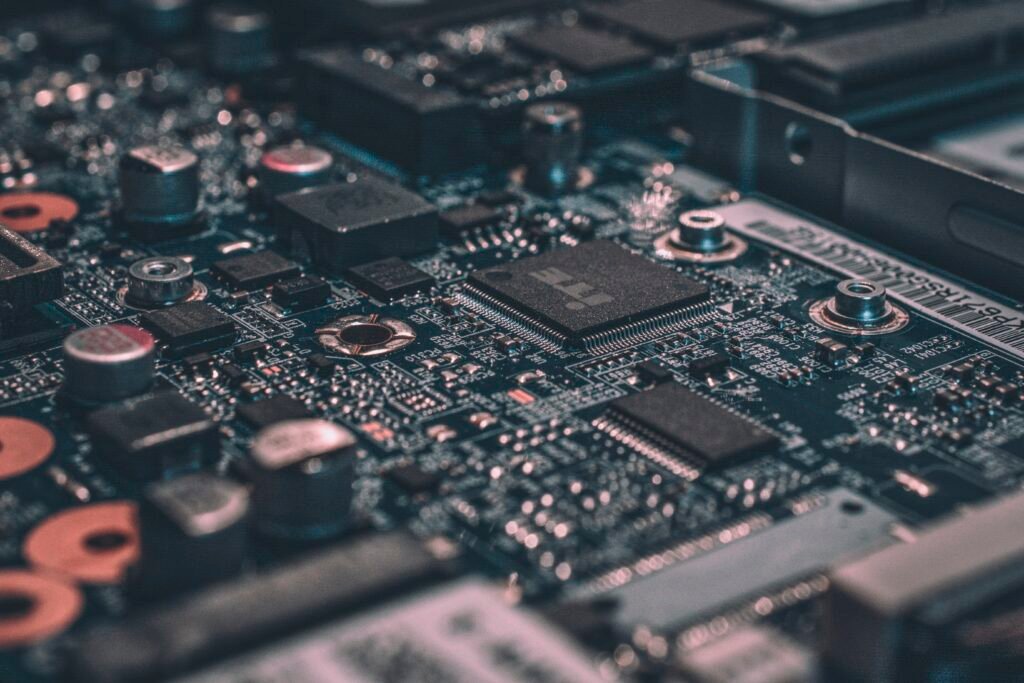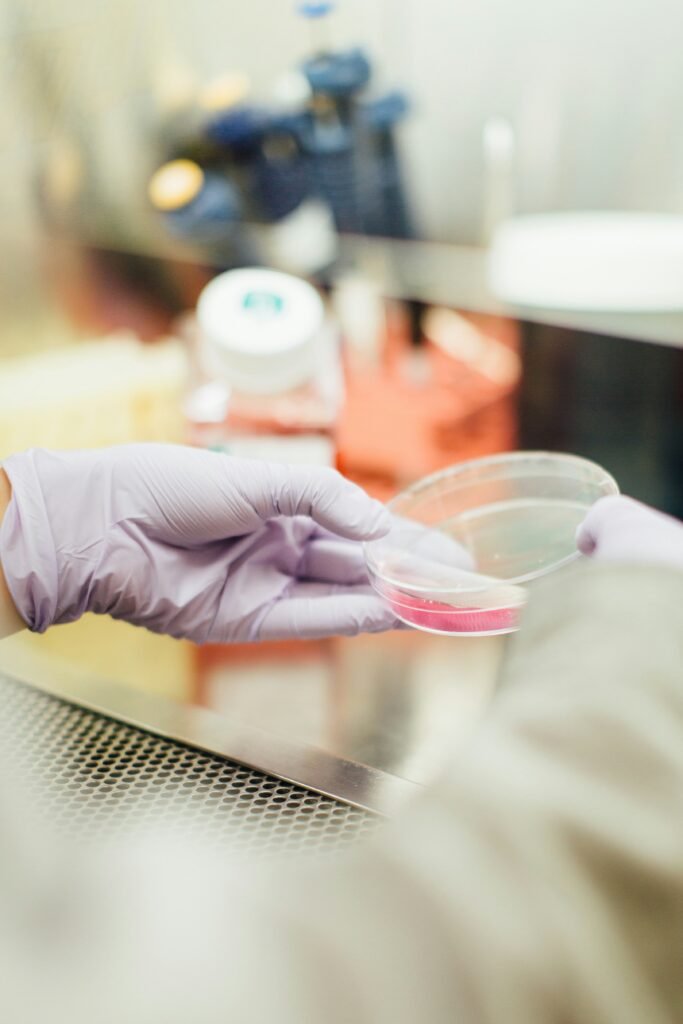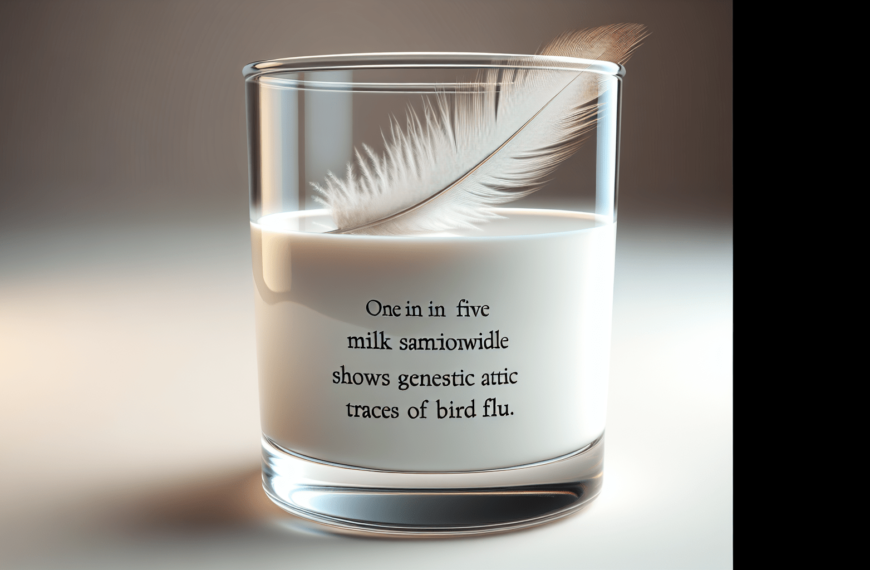Imagine a world where the shortage of organ donors is no longer a barrier to saving lives. Thanks to the advancements in perfusion technology, this dream is slowly becoming a reality. Perfusion technology, which involves the preservation and maintenance of organs outside the body, has revolutionized the field of organ transplantation. By utilizing machines to pump blood or oxygenated fluid into the blood vessels of organs, perfusion extends the viability of organs and increases the number of transplants possible. In addition, perfusion allows for the use of organs from older or sicker donors that may have been previously overlooked. Not only does this technology make surgeries more efficient and reduce complications, but it also opens the door to organ donation from comatose patients, providing hope for those in desperate need. Although cost remains a potential limitation, the potential of perfusion technology in organ transplantation is still being explored by surgeons.

Increased Viability of Organs
Perfusion technology has revolutionized the field of organ transplantation by allowing organs to be preserved and kept alive outside the body. This process involves the use of machines that pump blood or oxygenated fluid into the blood vessels of the organ, mimicking the natural function of the heart. By providing a constant supply of oxygen and nutrients, perfusion technology extends the viability of organs, making them more suitable for transplantation.
The extended viability of organs has resulted in a significant increase in the number of successful transplants. Surgical programs that have adopted perfusion technology have reported a remarkable rise in the number of transplants performed. This is because perfusion enables more efficient organ recovery and transplant procedures, saving precious time and reducing complications. With improved preservation techniques and enhanced organ quality, more patients in need can receive life-saving transplants.
Increased Number of Transplants
Thanks to the implementation of perfusion technology, the number of transplants performed has skyrocketed. Surgical programs that have embraced this technology have witnessed a significant increase in their transplant rates. With the use of perfusion, organ recovery and transplant procedures have become more efficient, resulting in an overall increase in the number of successful transplants.
Perfusion technology has also allowed for the utilization of organs from older or sicker donors, which may have been turned down in the past. Previously, these organs were deemed less suitable for transplantation due to their compromised condition. However, perfusion technology has made it possible to preserve and improve the quality of these organs, making them viable for transplantation. As a result, the number of available organs has increased, providing hope to patients on transplant waiting lists.

Expanded Donor Pool
One of the significant benefits of perfusion technology is its ability to expand the donor pool. Traditionally, organs from older or sicker donors were often rejected due to concerns about their viability. However, with perfusion, these organs can be considered for transplantation, as their functionality can be improved outside the body. This has significantly increased the availability of organs for patients in need, reducing the waiting time for life-saving transplants.
Moreover, perfusion technology has opened up opportunities for organ donation by comatose patients whose families have withdrawn life support. In the past, these patients would not have been considered as potential organ donors. However, with the use of perfusion techniques, their organs can be maintained and evaluated for transplant suitability. This allows for a wider range of potential donors, potentially saving more lives.
Efficiency and Reduced Complications
Perfusion technology has greatly improved the efficiency of the organ recovery and transplant process. By providing a continuous supply of oxygen and nutrients, perfusion ensures that the organs remain healthy and viable throughout the transplantation procedure. This has streamlined the surgical process, leading to reduced operating times and increased surgical outcomes.
Additionally, perfusion technology has resulted in a significant reduction in complications during transplant surgeries. The consistent supply of oxygen and nutrients to the organs reduces the risk of ischemia and improves the overall condition of the organs. This not only enhances the success rate of transplantation but also decreases the occurrence of postoperative complications. With fewer complications, patients experience better overall outcomes and have a higher chance of a successful recovery.

Opportunities for Organ Donation
Perfusion technology has created new opportunities for organ donation, particularly from comatose patients whose families have withdrawn life support. In such cases, where the patient is medically non-responsive, perfusion allows the organs to be maintained and evaluated for transplant suitability. This enables patients in critical condition to receive life-saving organs from donors who would have otherwise been excluded. The availability of organs from comatose patients has significantly increased the chances of survival for those in dire need of transplantation.
Limitations of Perfusion Technology
While perfusion technology has revolutionized organ transplantation, it does come with certain limitations. One of the primary concerns is the cost associated with adopting this technology. The equipment and resources required for perfusion can add a significant expense to transplant procedures. As a result, the implementation of perfusion technology may be limited by financial constraints. The availability of funding and resource allocation may pose challenges for the widespread adoption of perfusion technology.
Ongoing Exploration
Despite the success achieved with perfusion technology, surgeons are still actively exploring its potential in organ transplantation. Continued research and development are being conducted to optimize perfusion techniques further. New approaches and modifications to existing methods are being tested and evaluated to enhance organ viability and transplant outcomes. The ongoing exploration of perfusion technology ensures that organ transplantation continues to advance, improving the lives of countless patients around the world.
In conclusion, perfusion technology has revolutionized the field of organ transplantation by increasing the viability of organs, allowing for more successful transplants, expanding the donor pool, improving efficiency, and reducing complications. The adoption of perfusion technology has led to a significant increase in the number of transplants performed, saving lives and offering hope to patients in need. While cost and financial constraints may limit widespread implementation, ongoing exploration and research promise even greater advancements in the field of organ transplantation. Ultimately, perfusion technology has changed the landscape of organ transplantation, offering new possibilities and better outcomes for patients worldwide.








